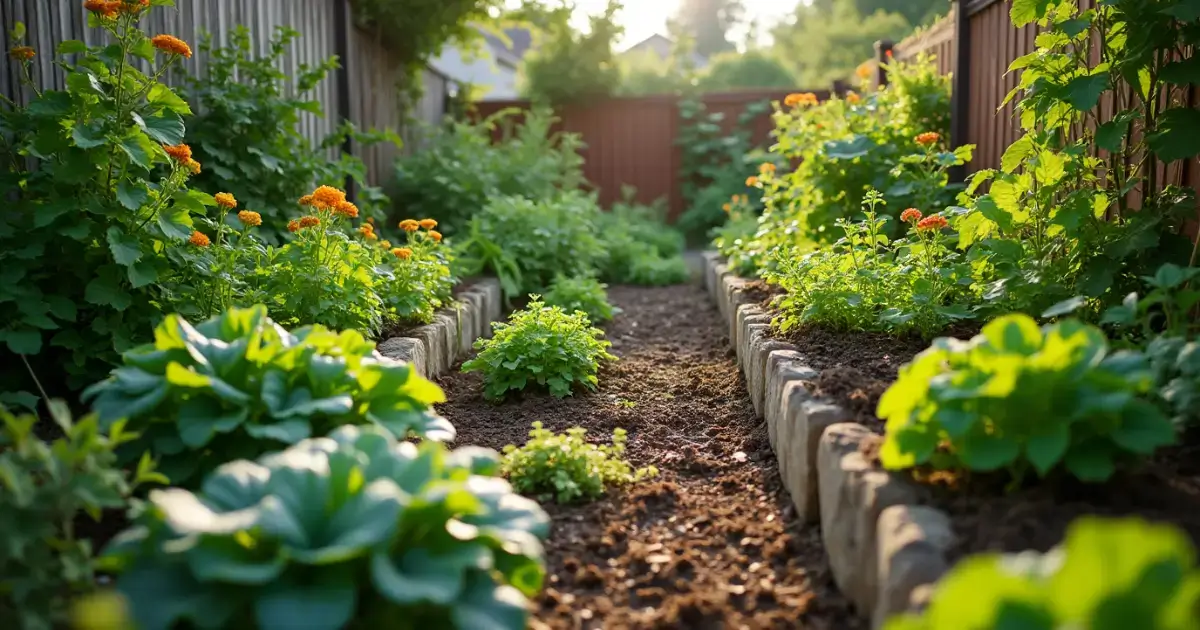Permaculture Gardening : 10 Powerful Reasons to Start Today for a Healthier, Greener Life
1. 🌿 Introduction :
Permaculture gardening is more than a method — it’s a mindset rooted in working with nature instead of against it. For anyone looking to embrace gardening from home, permaculture offers a practical and sustainable approach to growing food while building healthier soil and supporting local biodiversity. It turns even the smallest spaces into thriving ecosystems.
Whether you’re planting herbs on a balcony or building out a full backyard food forest, permaculture helps you design a garden that practically takes care of itself. It’s ideal for beginners who want low-maintenance solutions and seasoned growers aiming for long-term resilience in their gardens.
The term permaculture was first coined in the 1970s by Bill Mollison and David Holmgren, combining “permanent” and “agriculture.” It was developed as a response to the unsustainable practices in industrial farming. Over the years, it has grown into a global movement rooted in three core ethics:
- Earth Care : Nurturing the soil, plants, and planet
- People Care : Providing for yourself and your community
- Fair Share : Redistributing surplus and limiting overconsumption
These ethics shape everything in a permaculture garden — from the layout to the plants you grow and how you use your resources. For people committed to gardening from home, it provides a structure that’s both ecological and practical.
In a world where more people are seeking self-reliance and cleaner food sources, permaculture offers a clear path forward. It’s not about perfection — it’s about observation, smart design, and letting nature do what it does best.
Table of Contents
2. 🌱 Understanding the Basics (Category-Specific) :
So, what is permaculture at its core ?
Permaculture is a system of design principles that replicate the patterns and resilience of natural ecosystems. It’s not just about gardening, it’s about creating sustainable human habitats. In the garden, it means designing with purpose: where everything supports something else.
Key Principles of Permaculture :
- Observe and interact with your environment.
- Catch and store energy (e.g., rainwater collection).
- Obtain a yield from every plant or system.
- Apply self-regulation to reduce waste.
- Use and value diversity to protect the garden from collapse.
Zones & Layout :
Permaculture divides the garden into zones from 0 (home) to 5 (wilderness). The most frequently used plants go near the house, and the less active ones go farther out.
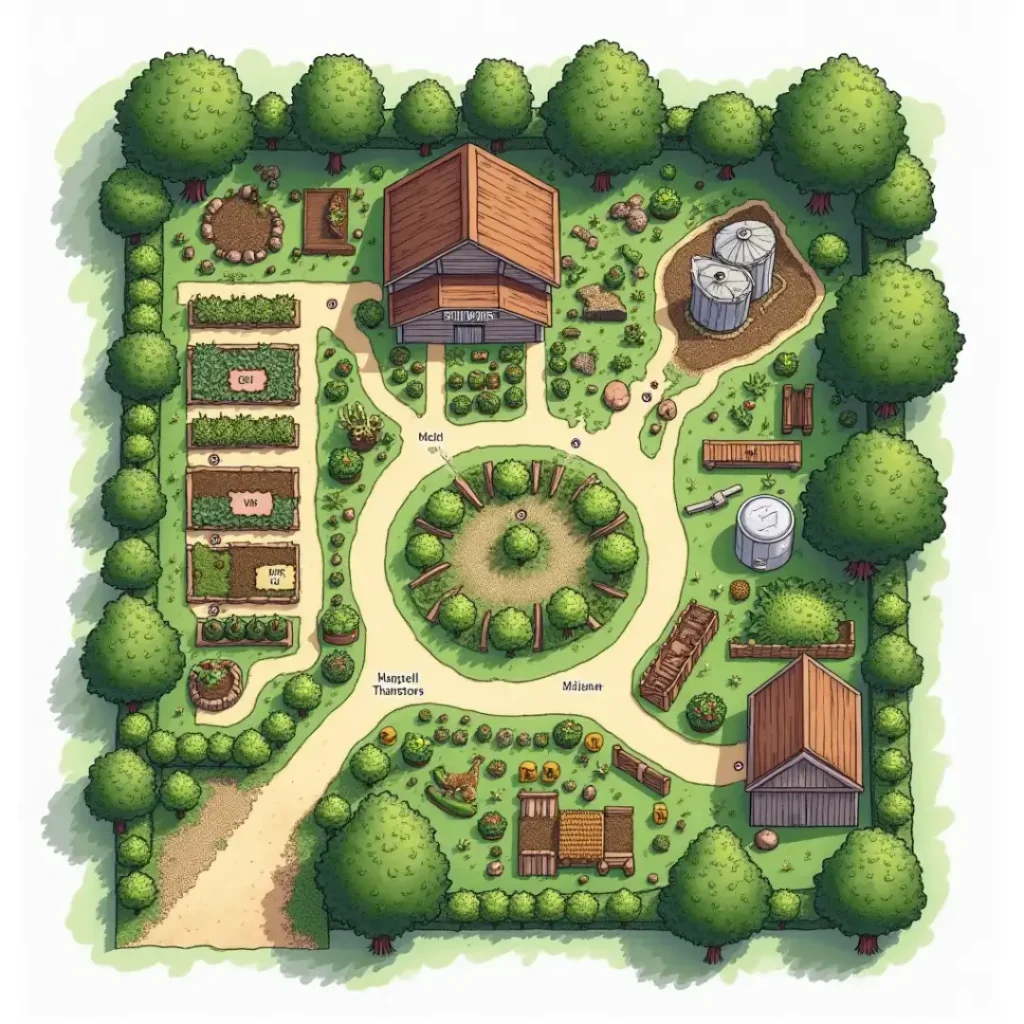
3. 🌻 Choosing the Right Plants :
In a permaculture veggie garden, plant selection is everything. Instead of monocultures, permaculture favors polycultures — planting different species together to support each other.
Best Plant Types :
- Perennial vegetables : asparagus, rhubarb, walking onions
- Nitrogen-fixers : beans, peas, clover, lupines
- Dynamic accumulators : comfrey, dandelion, yarrow
- Pollinator attractors: lavender, echinacea, calendula
Companion Planting :
Group plants that benefit each other. For example, plant basil with tomatoes to improve growth and deter pests.
Food Forests :
Create a seven-layer food forest using trees, shrubs, herbs, ground covers, vines, and root crops. This mimics a natural forest ecosystem.
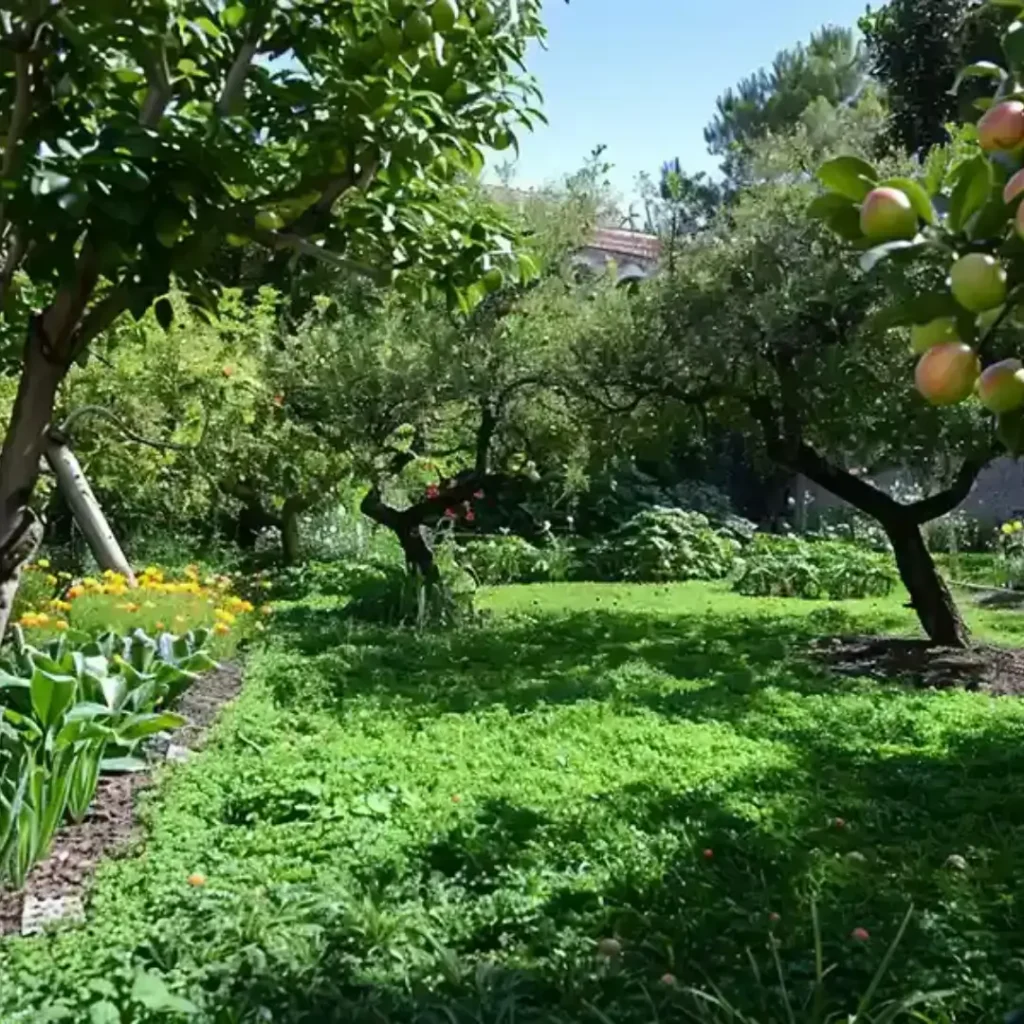
4. 🛠️ Planting Guide & Setup (Step-by-Step Instructions) :
Starting a permaculture garden is easier than you think. Here’s how to build it from the ground up.
Step 1 : Observe Your Space
- Sunlight patterns
- Wind direction
- Soil quality
- Water access
Step 2 : Design Your Layout
Use a pencil-and-paper sketch or digital tool. Assign zones and plan for pathways, water systems, and plant groupings.
Step 3 : Prepare the Soil
- Use sheet mulching: layer cardboard, compost, and mulch to suppress weeds and build healthy soil.
- Avoid tilling; it disturbs microorganisms.
Step 4 : Build Your Beds
Try :
- Keyhole beds
- Hugelkultur mounds
- No-dig raised beds
Step 5 : Install Water Systems
- Swales to capture rainwater
- Drip irrigation for efficiency
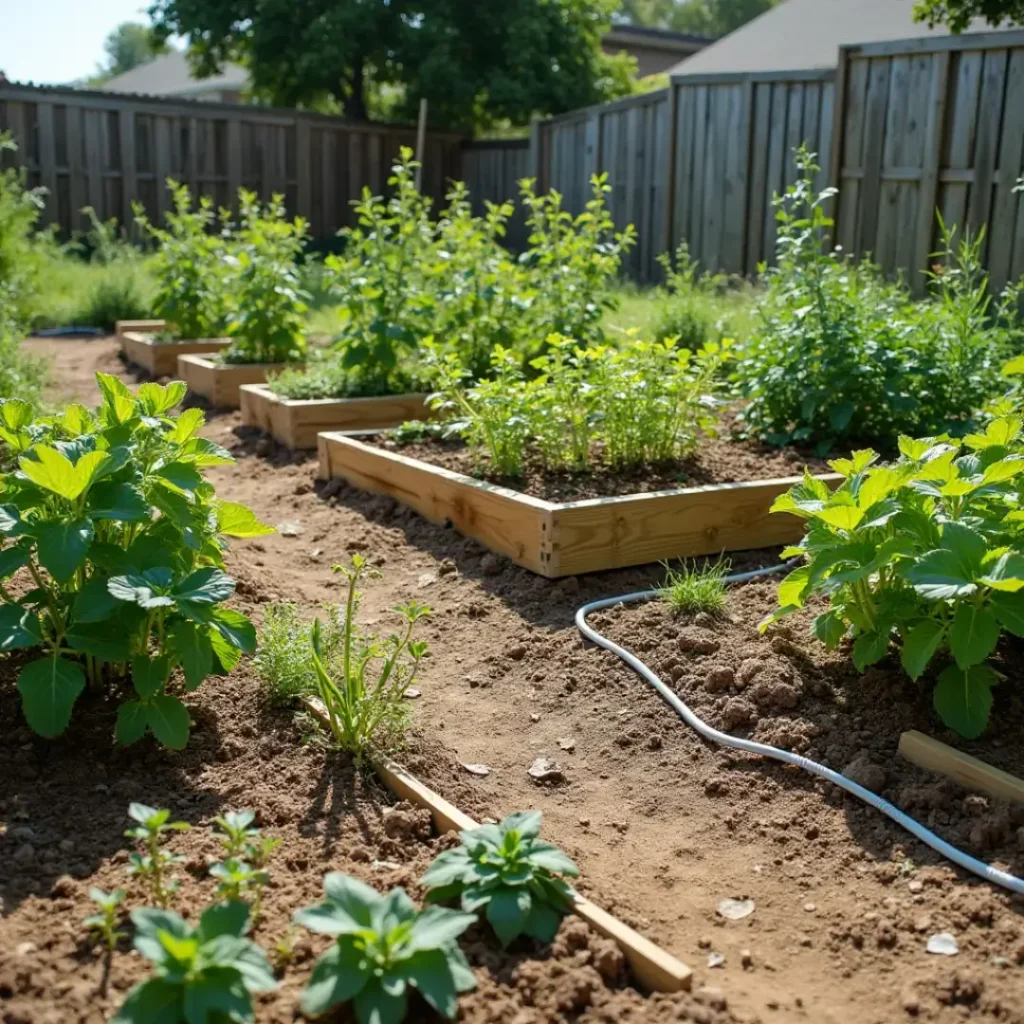
5. 🧽 Essential Care & Maintenance :
Once established, permaculture gardens are low-maintenance. Still, they need smart care.
Watering Tips :
- Mulch heavily to retain moisture.
- Use greywater from sinks or showers (with safe soaps).
- Water in early morning or evening.
Pest & Disease Control :
- Attract beneficial insects like ladybugs and lacewings.
- Use neem oil or garlic spray sparingly.
- Integrate chickens or ducks to manage pests.
Composting :
Keep a compost system running — it feeds your soil and reduces waste.
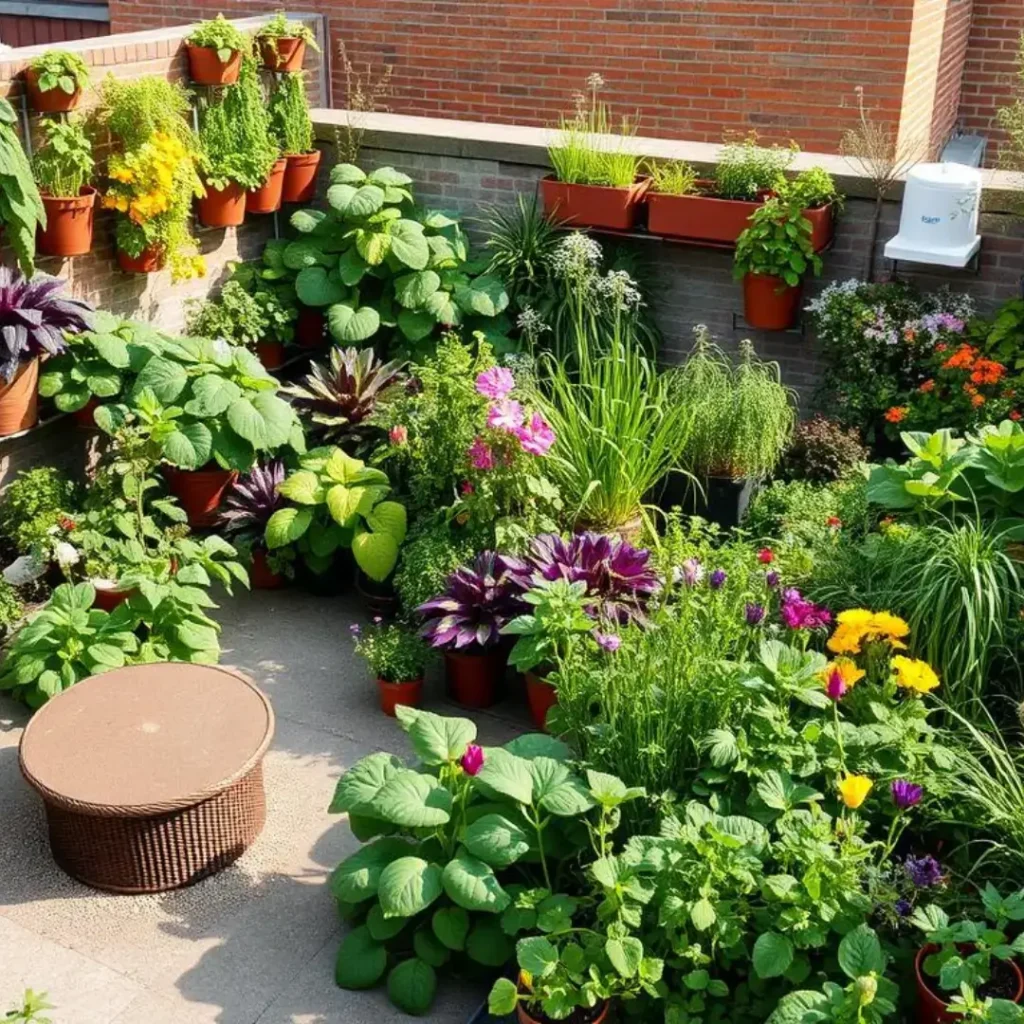
6. 🐌 Common Problems & Solutions (Troubleshooting Section) :
Even in permaculture, things go wrong. Here’s how to troubleshoot:
Problem : Slugs & Snails
Solution : Encourage frogs, ducks, or set beer traps.
Problem : Yellow Leaves
Solution : Check watering habits and soil pH.
Problem : Poor Growth
Solution : Amend soil with compost tea, rotate plant groupings, check sun exposure.
Problem : Too Many Weeds
Solution : Reapply mulch. Increase ground cover plants.
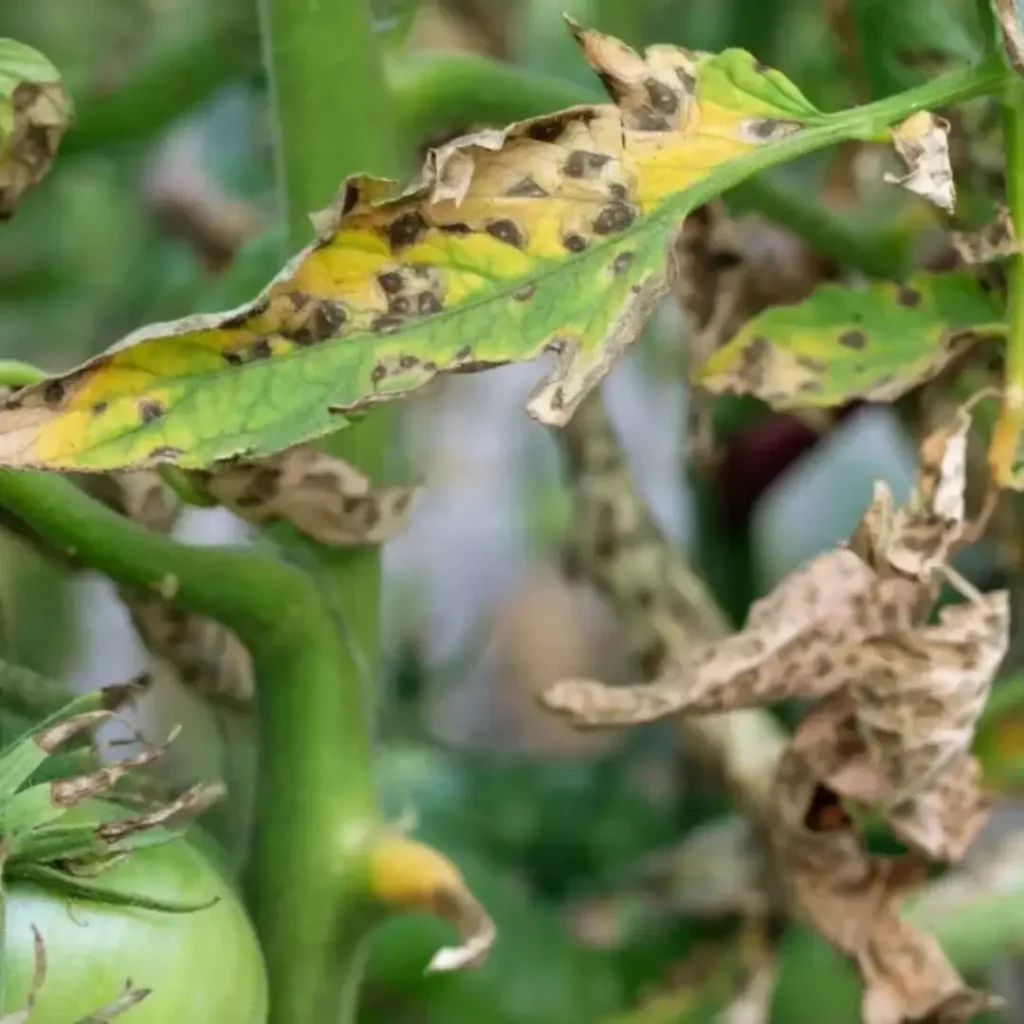
7. 🍅 Harvesting & Maximizing Your Garden’s Potential :
A well-planned permaculture garden offers year-round harvests.
Smart Harvest Strategies :
- Succession planting for continuous yield.
- Harvest leafy greens early, root crops later.
- Use vertical growing for squash, beans, cucumbers.
Preserving the Harvest :
- Dry herbs in bundles.
- Ferment vegetables like cabbage and carrots.
- Freeze or can extra produce.
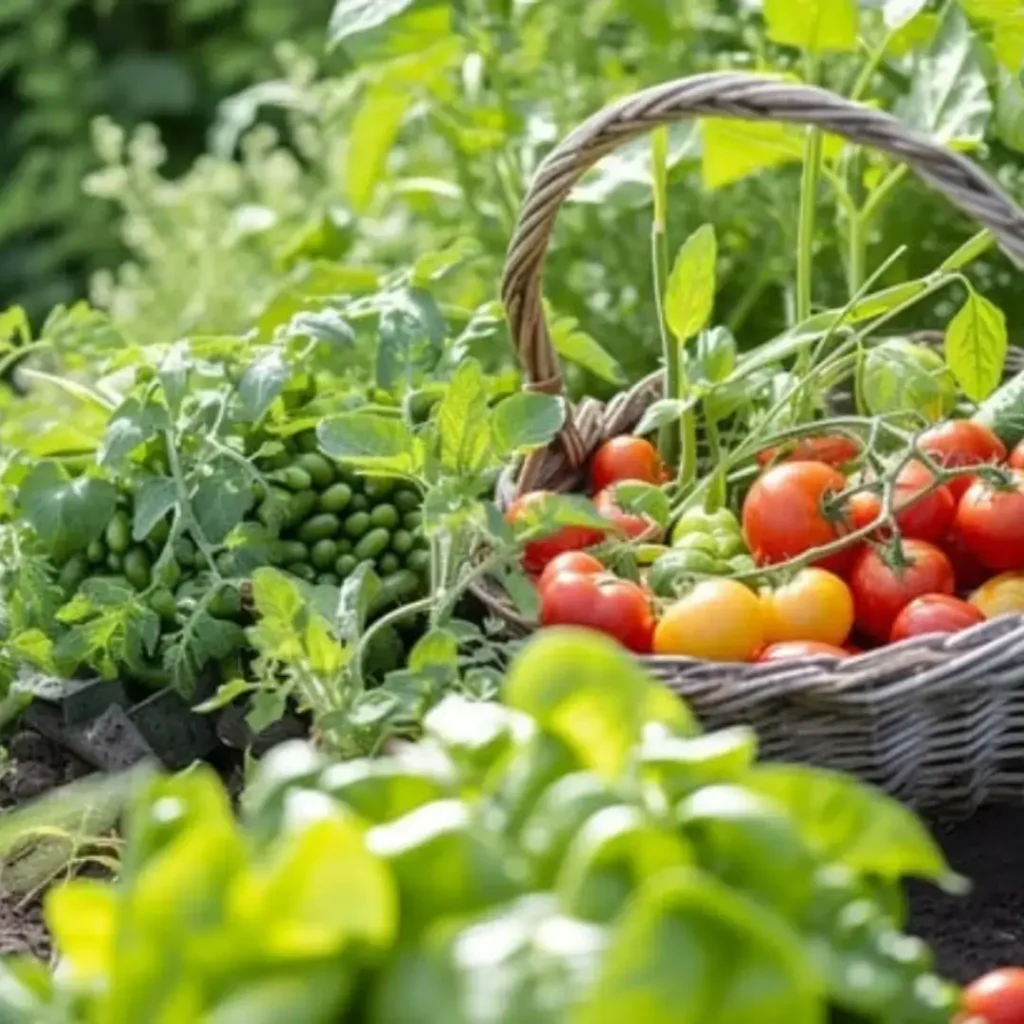
8. 🔄 Final Thoughts & Call to Action :
Starting a permaculture garden doesn’t require perfection — just intention. Begin small. Focus on observation, diversity, and soil health. Over time, your garden will become a living system that works with you.
Ready to Begin ?
- Start with one permaculture principle.
- Try companion planting this season.
- Join a local permaculture group or workshop.
9. 📝 Conclusion :
Incorporating gardening from home into your lifestyle through permaculture principles is a powerful way to create a sustainable, self-sufficient garden. Whether you’re just starting out or have been gardening for years, the principles of permaculture help you design a space that not only produces food but also supports the environment, saves water, and builds healthier soil.
By using nature’s patterns as your guide, you can cultivate a thriving garden in any setting from a cozy apartment balcony to a large suburban backyard. Permaculture gardening offers endless possibilities for those looking to reconnect with the land and grow food in a way that benefits both you and the planet.
The beauty of gardening from home lies in its simplicity and adaptability. It’s not about creating a perfect, polished garden but about working with the land, observing what it needs, and allowing your space to evolve naturally. Over time, your garden will become a resilient ecosystem, providing you with fresh produce, reducing waste, and fostering a connection to nature.
So, whether you’re planting your first seeds or expanding an existing garden, permaculture offers a holistic approach that can help you get the most from your home-grown food, all while taking care of the planet. If you’re ready to start your own permaculture garden, remember that small steps lead to big rewards. Begin today, and soon you’ll see your garden thrive, creating both beauty and abundance in your life.
10. FAQs :
1. What is permaculture gardening?
Permaculture gardening is a sustainable method of growing food that mimics natural ecosystems. It uses smart design, diverse plant groupings, and resource-efficient systems to create a self-sustaining garden.
2. How do I start permaculture gardening from home ?
Start by observing your space: check where the sun shines, how water flows, and what soil you have. Use sheet mulching to improve the ground and choose plants that support each other. Even with limited space, gardening from home using permaculture is achievable with raised beds or containers.
3. What can I plant in a permaculture veggie garden ?
You can plant a mix of perennial vegetables, herbs, legumes, and native species. Great choices include kale, chives, beans, asparagus, and comfrey. These plants support soil health and attract pollinators.
4. Can I do permaculture gardening in a small backyard ?
Yes, permaculture is perfect for small spaces. Use vertical gardening, container systems, and smart plant layering to maximize yield. Even a tiny yard can become a productive permaculture backyard.
5. Is permaculture gardening suitable for beginners ?
Absolutely. Permaculture is beginner-friendly because it emphasizes observation and gradual growth. Start small, and let your garden evolve naturally. Many first-time growers find success with gardening from home using permaculture basics.
6. What are the benefits of a permaculture garden ?
Permaculture gardens:
- Use less water
- Improve soil health
- Require minimal maintenance
- Produce food year-round
- Reduce pests through natural balance
7. How is permaculture different from organic gardening ?
While both avoid chemicals, permaculture gardening focuses on whole-system design. It integrates animals, water systems, and soil care to create a closed-loop garden. Organic gardening is more focused on the absence of synthetic inputs.
8. What tools do I need to start a permaculture garden ?
You don’t need fancy tools. Basic items like a spade, pruning shears, compost bin, mulch, and water collection barrels are great for starting out. For gardening from home, even small hand tools will do.
9. How do I manage pests in a permaculture garden ?
Use natural methods like companion planting, introducing beneficial insects, and creating habitat for pest predators like frogs or birds. Healthy soil and diverse plants also reduce pest outbreaks.
10. Can I include animals in my permaculture garden ?
Yes. Chickens, ducks, and even bees can play helpful roles in your garden. They control pests, fertilize the soil, and contribute to the garden’s natural cycles — even on a small gardening from home scale.

